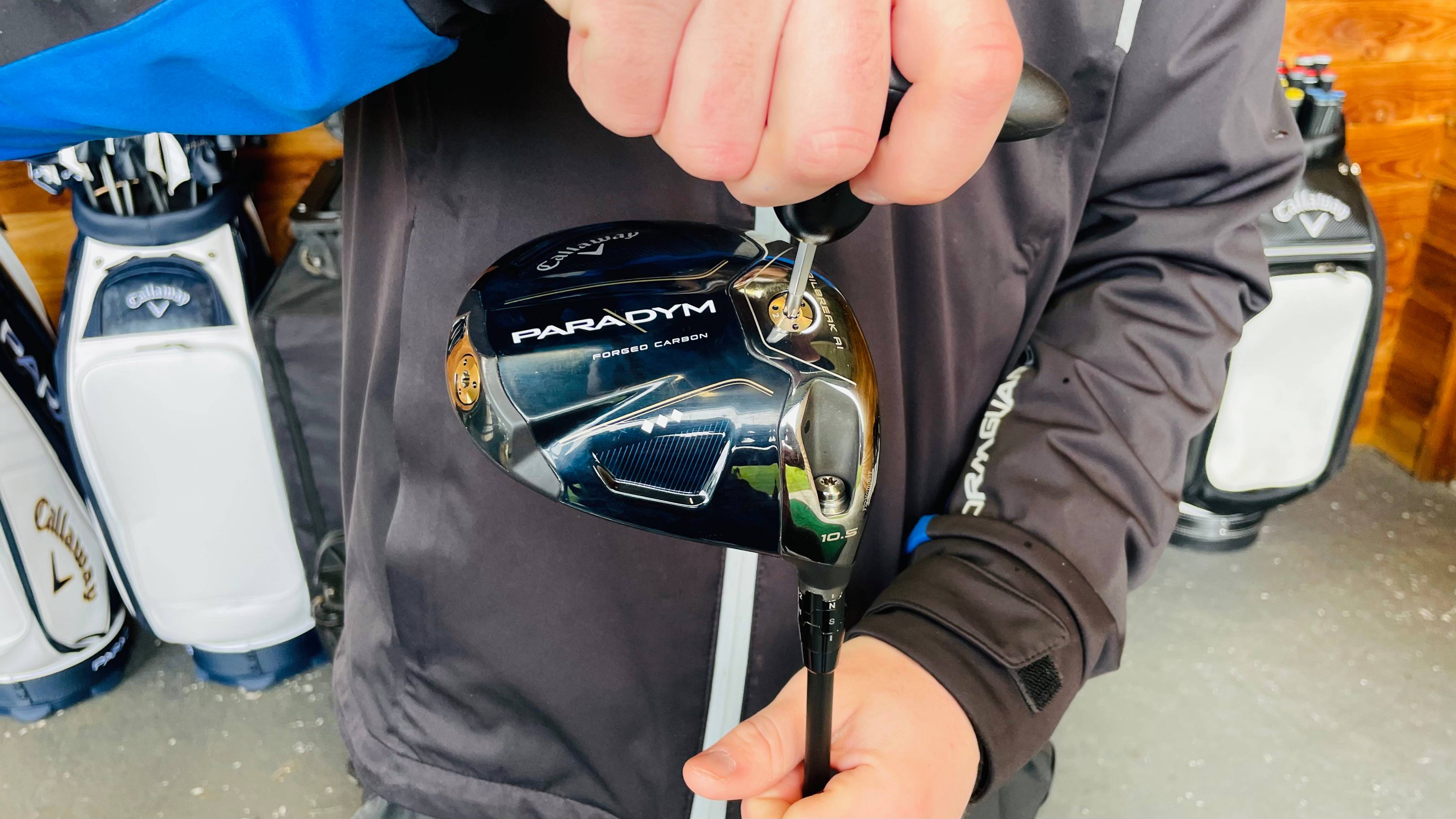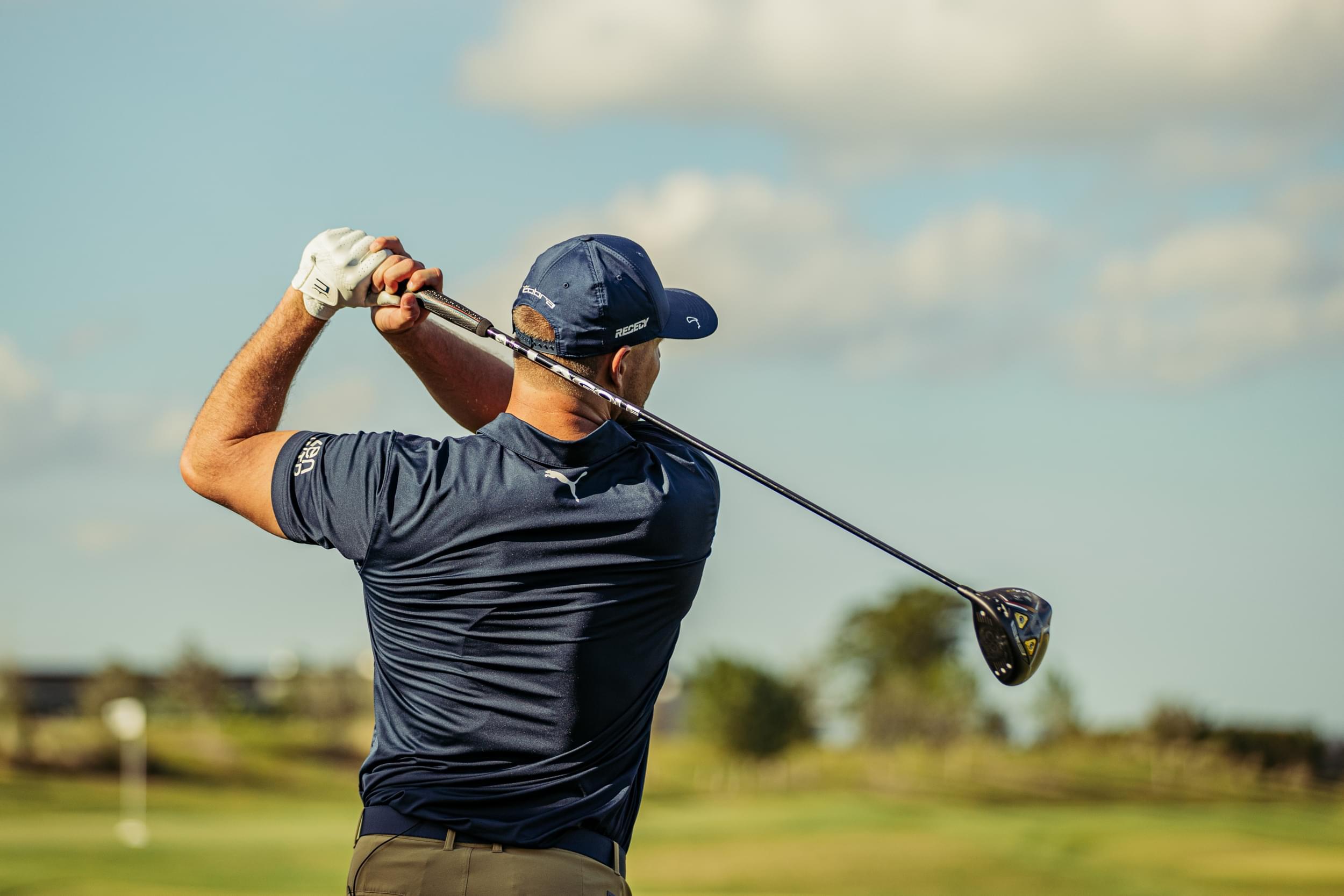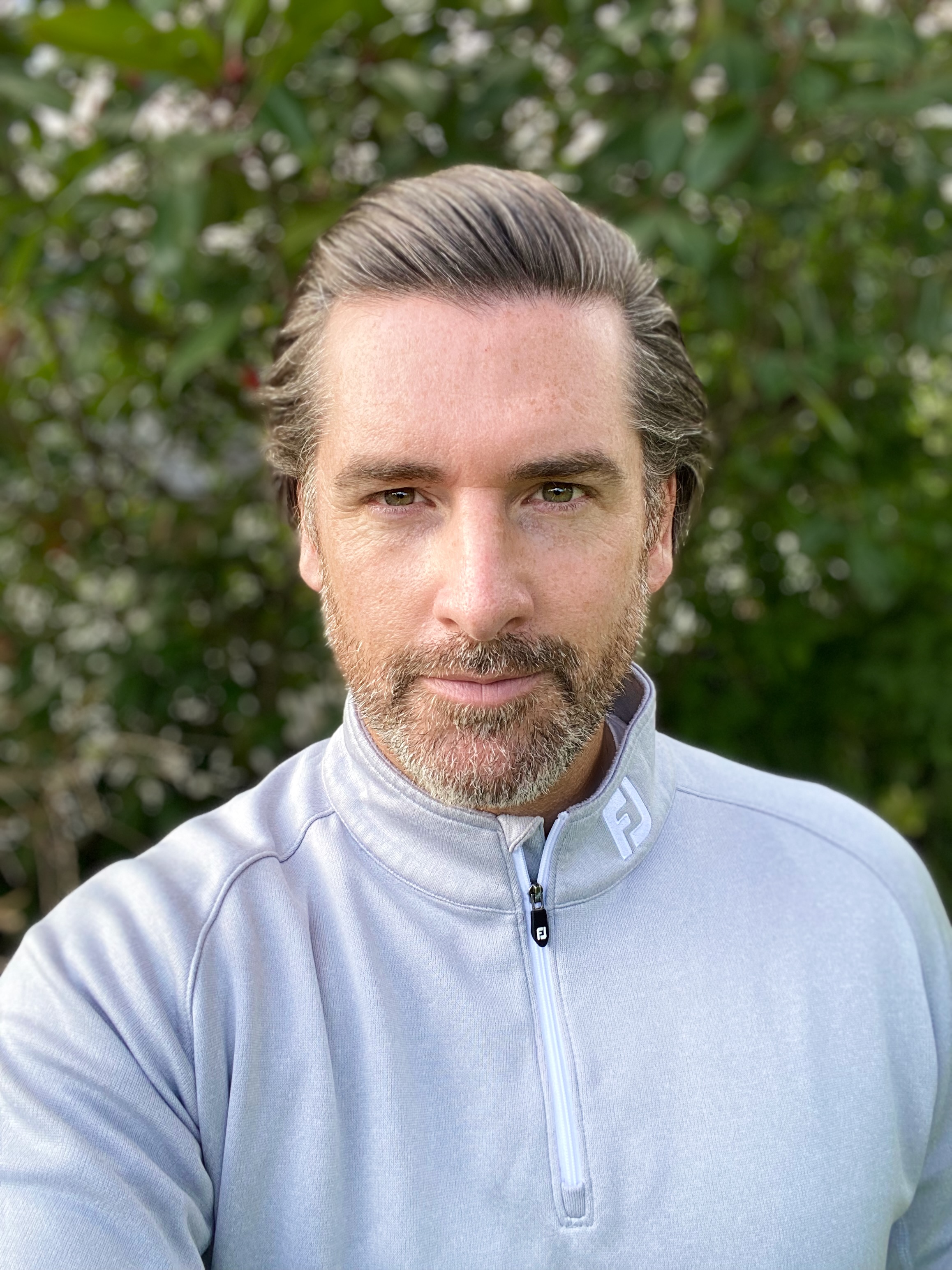Six Gear Hacks To Increase Your Distance
Is your golf equipment maximising your distance potential, or are you leaving something in the tank?


Let’s face it, not many of us complain that we hit the ball too far. It is widely accepted that increasing your distance is a helpful tool when it comes to improving your golf and lowering your scores. All other things being equal, the closer we get to the green from the tee, the better our proximity to the hole of our approaches becomes. The closer we are to the hole, the more likely we are to hole putts.
So how can we increase our distance without the need for wholesale swing changes or a year with a personal trainer? Well there are a few things you can try with your equipment to make sure you are maximizing its distance potential.
Adjust driver loft
The first of these ideas hinges on you possessing an adjustable hosel driver. If you are in possession of this type of driver as opposed to a fixed hosel version, then you may be able to sneak a few additional yards with a small adjustment.
As a former custom fitter, one of my least favorite phrases to hear was “I just want the best driver for me”. Whilst this doesn’t seem like an unreasonable statement on the face of it, to me it would be like going to the hairdresser and saying that you just want the best haircut, there is simply no such thing!
Just as a hairdresser could decide to give you anything from a mullet to a buzz cut, a custom fitter could give you a driver that launches it high into the sky with lots of spin for maximum carry or could just as easily fit you into something that produces head height, low spinning rockets.

Being specific about the conditions you generally play in can be helpful when being custom fit for a driver.
The point of this being, it is important to have some idea of what will benefit you based on the courses and conditions you generally encounter. For example, if your golf is predominantly played on a windy, seaside links style course with hard pan fairways, then the high flying, spinny driver may not be the most prudent choice. The wind will play havoc with this type of flight and you will not benefit from the ground help that a shallower landing angle will produce. Instead, a driver with lower launch and spin characteristics would likely be a better choice.
In truth, driver fittings can often end up in a happy middle ground because many players travel and encounter many different conditions. However, that is where I believe you can establish an edge on the competition with just a little extra thought.
Subscribe to the Golf Monthly newsletter to stay up to date with all the latest tour news, equipment news, reviews, head-to-heads and buyer’s guides from our team of experienced experts.

If you are playing on soft, wet fairways, consider adding loft to your driver for extra carry.
If you are heading into a wet season where fairways start to become a little soft and even your drives are staying in or around their pitch mark, spend a little time experimenting on the driving range moving your driver into a slightly higher loft setting.
All things being equal, this should help to increase your launch and height and potentially result in a longer carry. You might ordinarily sacrifice some roll at the other end of the shot, but if conditions are prohibiting roll anyway, then the additional carry will result in higher total yardage.
Similarly, if you are coming into a dry spell or simply playing a course that you know to have firm conditions, consider experimenting with less loft on your driver. Once again, all other things being equal, this should result in lower launch and spin, which will subsequently shallow out your landing angle. The flatter flight should help you take full advantage of the firm conditions by maximizing roll.
Alter head weights
Once again, this particular hack is dependent on your driver having an adjustable weight set up. With many of the best drivers having CG adjustability, there is a good chance yours will.
As with the loft adjustment detailed in the previous section, you can utilize the weight configuration of the clubhead to alter your flight to sneak out a few more additional yards in certain conditions.

Drivers like the Callaway Paradym Triple Diamond allow you to alter weight configuration.
Generally speaking, moving weight further back (away from the face) in a driver will increase spin and launch. As such, when ground conditions start getting a little softer, finding some extra carry may prove beneficial.
As you would imagine, the opposite is true. If you are playing on particularly firm, fast running fairways, reducing spin and flattening out your flight may just help you advance your total yardage. To do so, experiment with getting more weight closer to the clubface. This change of CG location is how many of the best drivers for distance reduce their spin output.
Longer tees
If you have ever tuned in to the World Long Drive Championship, you may have noticed how incredibly high the competitors tee the ball up. The reason behind this is that they are searching for the distance holy grail of high launch and low spin, which is really the secret recipe for driver distance.
Teeing the ball up higher promotes more of an upward blow on the ball which will help to launch the ball higher, and with the right spin conditions, will produce longer drives. It should be noted here that simply teeing the ball higher may not do the job on its own as this can lead to too much loft being presented to the ball which can produce excessive backspin.

Experiment with tee height but don't forget to match your loft to your new launch angle.
To put this into perspective, some of the long drive competitors hit up on the ball over 10 degrees, whereas PGA Tour average is currently nearer a zero attack angle. To balance out this drastic attack angle, competitors use drivers with as little as 2 degrees of loft as opposed to PGA Tour average which is around 9 degrees.
I would recommend starting with a higher tee and checking your results. From here you can experiment with loft to fine tune your spin to optimize your driver.
Light Weight Grip
Another way to increase your distance output is to increase your speed input. Simply put, all other things remaining equal, increasing your swing speed will increase your distance. But how can equipment increase your swing speed?
Well, one way is through using a lighter grip. Generally speaking, the lighter an object is, the easier it is to move it quicker so stripping weight away from certain parts of the golf club can be very useful in the quest for extra swing speed. The same principle can be applied to the shaft and to a certain extent the club head.
Grip weights can vary dramatically, but a standard size grip usually comes in around the 50-60 gram area. There are a number of lighter options however. For example, Golf Pride have a model called the Tour 25. As per its name, it comes in weighing at 25 grams, around half the weight of a standard grip.

There are a multitude of different grip weights available.
Again though, it may not be as simple as it seems as there is a point of diminishing returns with regard to weight. Ultimately we still need the speed we create to transfer into force through the club head at impact, so stripping too much weight away can have a negative effect. For example, you may be able to swing a stick of celery at a nail faster than you can a hammer, but you won’t get much end product from it!
This is where experimentation comes in, but finding that sweet spot of a light enough club to maximize swing speed whilst still producing the requisite force can be a great way to find more distance.
Distance balls
We spend an awful lot of time thinking about the driver when trying to hit the ball further, but what about the ball itself?
There are a multitude of golf balls on the market, all designed to produce different results. Some spin more, some spin less. Some are hard, whereas some are much softer. Bridgestone for example, even produces golf balls it believes are suited to particular levels of swing speed such as the Tour B RX. This ball is designed for driver speeds under 105 mph, whereas the Tour B X is optimized for players producing more than 105 mph.

Bridgestone even match balls to swing speed for optimal performance.
Most ball manufacturers will also offer a model in their range specifically designed for distance, many of which can be found in our best golf balls for distance guide. Each manufacturer will have different methods of achieving their distance ball from various cover and core materials to more aerodynamic dimple patterns. Taking some time to experiment in this area of your equipment could reap some welcome distance rewards.
Increase Shaft Length
My final hack to try and squeeze out a few extra yards in your drives is to do with shaft length.
It widely accepted that increasing the width or radius of our golf swing helps to increase swing speed, so why not try artificially adding a little more radius by increasing the length of your driver shaft?
In 2021 the USGA and R&A announced a new local rule that gives amateur and professional tournaments the power to reduce the maximum permissible driver length from 48 inches to 46 inches. It is worth checking the regulations in any competition you play, but rule permitting, there is nothing to stop you utilizing the top end of that scale.

Bryson DeChambeau uses the maximum permissible length driver to optimise his distance output
Something to note here is that whilst increasing length may well increase speed, it can also make it more difficult to produce solid contact and as such any club speed gains can be mitigated by loss of ball speed.
Do some experimentation if possible. find the longest length you can before your consistency of strike is compromised and see if that gets you further down the fairway!

Joe has worked in the golf industry for nearly 20 years in a variety of roles. After a successful amateur career being involved in England squads at every age group, Joe completed his PGA degree qualification in 2014 as one of the top ten graduates in his training year and subsequently went on to become Head PGA Professional at Ryder Cup venue The Celtic Manor Resort. Equipment has always been a huge passion of Joe’s, and during his time at Celtic Manor, he headed up the National Fitting Centres for both Titleist and Taylormade. He’s excited to bring his knowledge of hardware to Golf Monthly in the form of equipment reviews and buying advice.
Joe lives in North Devon and still plays sporadically on the PGA West region circuit. His best round in recent years came earlier in 2023 where he managed a 9 under par 63 at Trevose GC in a Devon & Cornwall PGA Tournament.
Joe's current What's In The Bag?
Driver: Switch between TaylorMade Qi35 and Callaway Elyte TD - both with Fujikura Ventus Black 6-X
Fairway wood 1: TaylorMade BRNR Copper Mini Driver - Fujikura Ventus Black 7-X
Fairway wood 2: Callaway Apex UW 17˚- Fujikura Ventus Black 9-X
Irons: TaylorMade P7CB 3-PW with Dynamic Gold Tour Issue X100 shafts
Wedges: Callaway Opus 50, 54, and 60 degrees - Project X LS 6.0 shafts
Putter: LAB Golf Oz.1 (zero shaft lean)
Ball: TaylorMade 2024 TP5x
Grips: Golf Pride Tour Velvet 60R
Bag: Vessel Player IV Pro DXR Stand